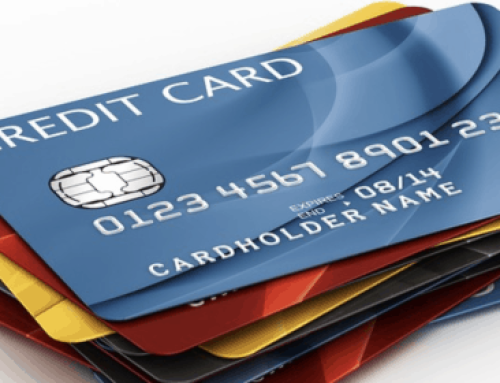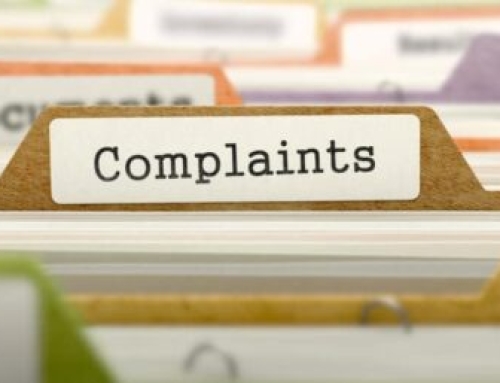American credit card balances are at their highest rate ever, according to a recently-released study by Magnify Money. The problem is, these balances are going to expand as credit card interest rates rise in tandem with expected increases in Fed interest rates.
Pulling from Magnify Money and other sources, we’ve put together a summary of what’s happening in 2018 with regard to credit card usage and debt.
CREDIT CARD USAGE
How extensive is credit card usage in the U.S? Let’s take a look:
- According to Transunion, more than 175 million Americans are active card users in 2018.
- The average American wallet contains 3.1 credit cards. In addition, these same wallets include 2.5 retail credit cards.
- More than 70 million Americans, or 40% of all active credit card users, carry credit card debt month-to-month.
CREDIT CARD DEBT AND INTEREST
To date in 2018:
- The total credit card debt not paid in full each month is more than $687 billion.
- 71% of credit card balances revolve each month.
- With the average APR hovering around 15.5%, Americans have paid more than $104 billion in credit card interest and fees to date. This is up 11% from a year ago and 35% over the past five years.
- In anticipation of possibly four more Fed rate increases over the coming 12 months, it is estimated that increases in credit card interest and fee will add another 10%, or more than $100 billion, in credit card debt.
- The average credit card balance is $6,348 for individuals with a credit card, according to Experian. This does not include store credit cards, which would add an additional $1,841 to the overall balance.
- In total, as seen in the graph below, revolving credit card balances are at $1.04 trillion as of May, 2018.
WHO PAYS OFF THEIR CREDIT CARD BILLS?
With regard to payments, the American Bankers Association breaks credit card consumers into three categories:
- Revolvers (carry debt month to month) represent 44% of credit card accounts
- Transactors (use card, but pay in full) account for 29.5% of credit card accounts
- Dormants (have a card, but don’t actively use it) represent 26.5% of card accounts
DELINQUENCY RATES
A credit card account becomes delinquent when a consumer is at least 30 days late in paying. At 90 days, the account becomes seriously delinquent. Banks are likely to take a total loss on seriously delinquent accounts
As the graph below shows, both delinquency and charge-off rates have remained relatively stable since the Great Recession. In particular, delinquency rates peaked at almost 7% in 2009 and have since been in the 3% range.
GENERATIONAL VARIATIONS IN CREDIT CARD USE
The chart below breaks out the average credit card balance based on age/generational status. As you can see, those identified as Generation X now carry the most credit card debt, slightly above Boomers. At the other end of the spectrum, Millennials and the youngest, Gen Z, carry the least amount of credit card debt:
CREDIT CARD DEBT BY STATE
Finally, we took a look at how credit card debt breaks down by state. The maps below illustrate:
- Credit card debt by household
- Credit card debt by person
Following are both the top and bottom five states with regard to Average Household Debt:
- 5 States With Highest Level of Household Credit Card Debt:
- Alaska: $11,406
- Virginia: $10,484
- New Jersey: $10,400
- Hawaii: $10,341
- Maryland: $10,257
- 5 States With Lowest Level of Household Credit Card Debt:
- Iowa: $6,148
- Mississippi: $6,217
- Arkansas: $ 6,381
- West Virginia: $6,559
- Wisconsin: $6,615
Again, following are both the top and bottom five states with regard to Average Credit Card Debt Per Person:
- 5 States With Highest Level of Individual Credit Card Debt:
- Alaska: $5,879
- Virginia: $5,404
- New Jersey: $5,361
- Hawaii: $5,330
- Maryland: $5,287
- 5 States With Lowest Level of Individual Credit Card Debt:
- Iowa: $3,169
- Mississippi: $3,204
- Arkansas: $3,289
- Wisconsin: $3,410
- Kentucky: $3,457
SOURCES
https://www.magnifymoney.com/blog/news/u-s-credit-card-debt-by-the-numbers628618371/
https://www.federalreserve.gov/releases/g19/HIST/cc_hist_tc_levels.html
https://www.experian.com/blogs/ask-experian/state-of-credit/
Error: Contact form not found.










